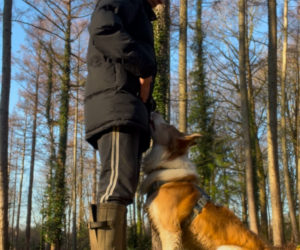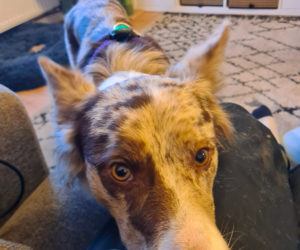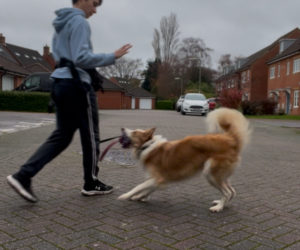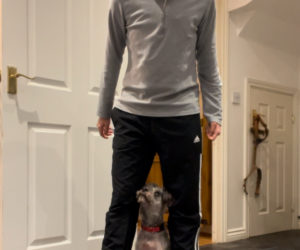Mastering Loose Lead Walking
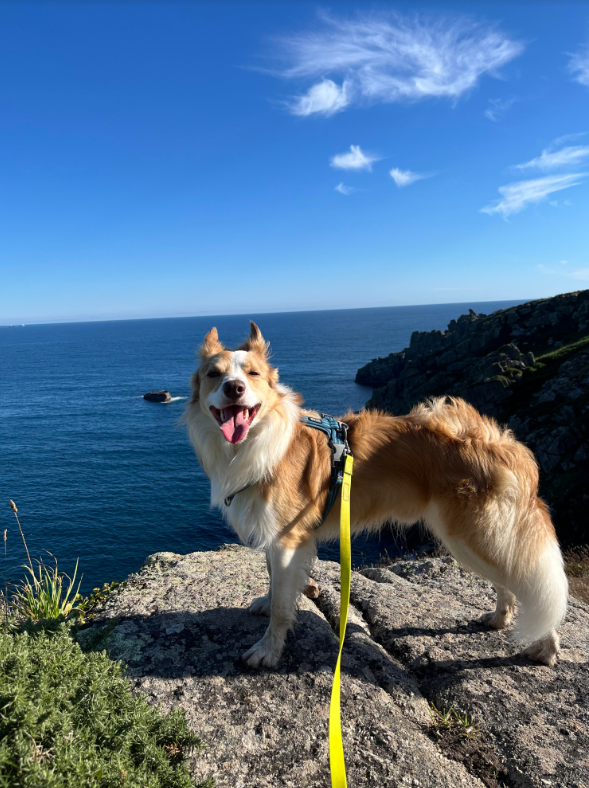
Walking your dog on a lead may seem like a simple task, but for many dogs, especially young ones, it can be quite challenging: navigating around distractions while staying calm and focused is not as easy as it looks! However, with the right approach, you can help your dog develop the skills needed to walk nicely on a lead—even in the most distracting environments.
Here are some tips to help set your dog up for success while they learn to walk on a lead:
- Use a Longer Lead
It might sound counterintuitive, but using a longer lead can actually help reduce pulling. A longer lead gives your dog a wider radius to explore before they reach the end, which can lessen the urge to pull. This extra space allows them to satisfy their curiosity without the frustration of feeling restricted, and can also reduce frustration for the human because your dog is pulling you around less!
- Burn Off Some Energy Before Training
Young dogs often have boundless energy and limited self-control, which can make lead walking a challenge. To set them up for success, consider getting some of that energy out before you start working on lead-walking skills. A quick play session can help tire them out just enough to focus better during training. When their energy levels are lower, they’ll be more likely to listen to your cues and walk calmly on the lead. With my personal dogs, I like to work on loose lead walking at the *end* of their walk, after they have had some time to sniff and run around.
- Use Different Points of Attachment for Clarity
When you’re not actively training, it’s important to keep your expectations clear for your dog. Using different points of attachment can help you do this. For example, when I simply need to get from A to B, I put my dog on a front-clip harness: this is a signal that we’re not training. On the other hand, if they’re attached to a collar or a back clip, it’s time to focus on walking without pulling. Distinctions like this can help you and your dog understand when they’re expected to walk nicely and when they can relax and enjoy their time outdoors.
If you’re struggling with lead walking or any other training challenges, don’t hesitate to reach out. Let’s work together to help your dog become the best-behaved companion they can be!
See how we can help
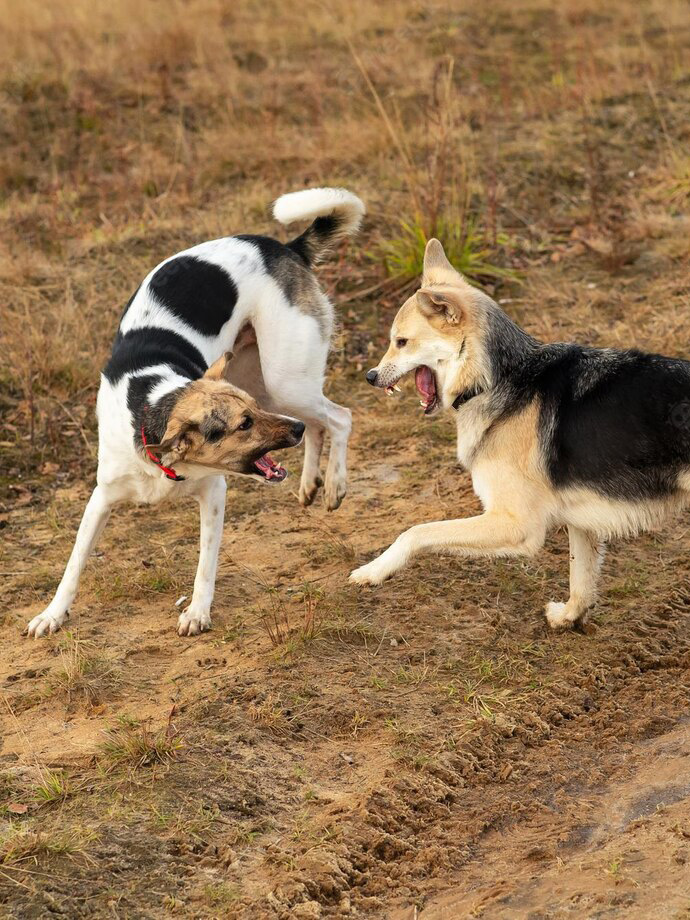
Behaviour rehabilitation
Many behaviour problems are linked to how your dog is feeling. Fear, anxiety and pain all influence how well your dog is able to cope with his environment and routines.
Dog training
Dog training is offered for all dogs: puppies, adolescents, seniors and newly adopted rescue dogs.

Book A Free Consultation Call
Unsure on where to start? I don't blame you, finding the right dog trainer can be a challenge in itself. Book a FREE 30 minute consultation call to find out more about how I work and how I can help you with your dog!
Given the dedication required to provide each dog and their owner with the personalised attention and training they need, I am only able to work with a limited number of clients at any given time. I sincerely believe in offering my services only when I am confident in my ability to deliver the outcomes you're seeking for your dog.
Related posts
Tips & Tricks is dedicated to providing every mama and papa with exclusive advice and information on how to take care and deal with their furry friends.

